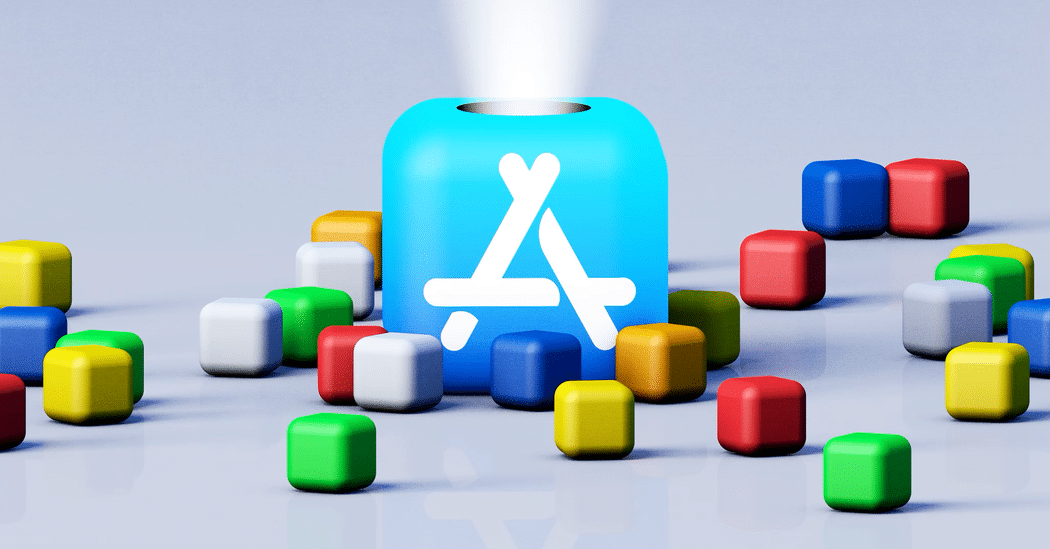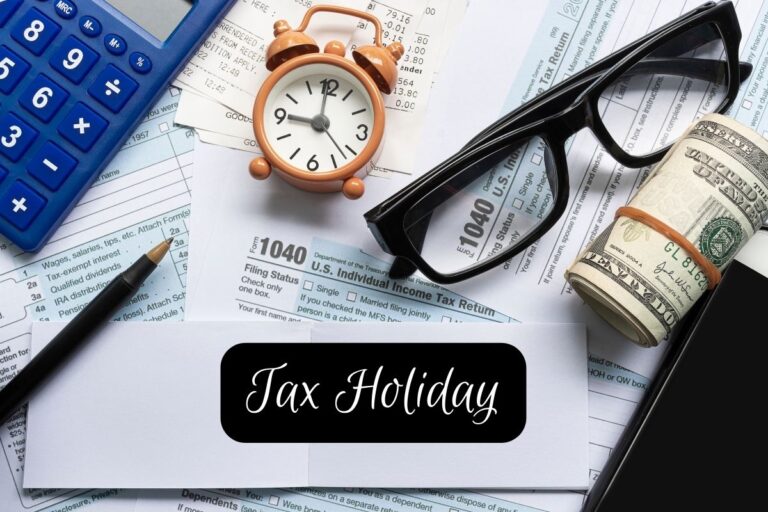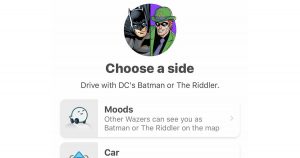[responsivevoice_button rate=”1″ pitch=”1.2″ volume=”0.8″ voice=”US English Female” buttontext=”Story in Audio”]
Apple’s App War Needs Peace
I asked for ideas on how Apple could improve the app store from Jacob Eiting, a founder of RevenueCat, which helps app makers design in-app purchases and knows what drives developers crazy.
Specify how developers can fix rejected apps: Apple says yes or no to each new iPhone app or app update, based on the company’s 12,700-word app rule book — not including addendums. (The United States Constitution plus all the amendments runs for 7,600 words.)
Eiting said developers sometimes get rejection letters that simply recite a portion of Apple’s rules. He said it would be more helpful if Apple’s staff offered specific suggestions for what developers could change — sometimes as minor as tweaking a menu — to get the app approved.
Improve Apple’s payments technology: Eiting said it could take weeks or longer for app makers to write software that links their app to Apple’s proprietary system for people to pay for stuff with a fingerprint or face scan. Creating software hookups with other payments technology is much simpler, Eiting said.
Clarify the gray zone: Apple has two categories of app purchases: When you buy something virtual, like an e-book, Apple collects from the app maker a fee of up to 30 percent on the purchase. When you buy something to use in the real world, like a physical book or an Uber ride, Apple doesn’t charge a fee.
But an increasing number of apps offer services that are somewhere between real and virtual — personal training or cooking classes conducted over an app, for example.
Eiting said Apple needed to clarify when the company will assess commissions on apps that offer these hybrid activities. Confusion over this question is stopping some apps before they even start, he said.
Consider an independent app review: There are inevitable questions about conflict of interest between app makers and Apple’s own apps that compete with them. The founders of Blix, an email app maker that has fought with Apple, suggested to me that Apple create an independent app review process to make sure it isn’t unfairly punishing rival apps.
Apple has in the past made changes to its app system to respond to developers’ complaints, and the company told me it’s always open to more. Any tweaks, though, won’t go as far as some app makers want: essentially, to blow up Apple’s control over what apps are allowed on people’s iPhones.
But it’s still possible to revamp the app system in ways that could bring more calm for Apple, developers and our smartphone-dependent lives.
Tip of the Week
How to make smartphone apps less annoying
Brian X. Chen, the consumer technology columnist for The New York Times, offers these helpful tips to tame the apps that nag us too much or bog down our phones:
Apps can make our lives better. But some pester you with too many notifications, and others hog too much battery life or device storage.
Here are four steps you can take to minimize app nuisances:
1) Declutter: Purge all the apps you haven’t used for a long time.
2) Find and eliminate the storage hogs: On iPhones, go to Settings > General > iPhone Storage to see a list of the apps that are taking up the most space on your device. Select each one of them and follow the recommendations to reduce their load.
On Android devices, use Google’s tool called Files, which has an option to sort apps on your device by the biggest storage hogs.
3) Minimize notifications: On iPhones, go to Settings > Notifications to see a switchboard of apps that send notifications. On Androids, do the same thing by opening Settings > Apps & Notifications > Notifications.
From there, turn off notifications for all but the most important apps such as messaging and email.
4) Find the battery suckers: Be on the lookout for apps that are active for extended periods, even when you’re not using them, as this can drain your battery life.
On iPhones and Android phones, open the Settings app, and in the Battery menu, there are sorted lists of apps that are using the most energy.
On the iPhone’s battery usage screen, tap on an app to reveal information about how much of your battery life it is consuming when you’re actively using it (“on screen”) compared with when you’re not (“background”).
On Android devices, the most useful information is the timers for “CPU total” and “CPU foreground.” Foreground is how much time you had the app open; subtract “foreground” from “total,” and you’ll know how much time it has been chipping away at your battery even when you haven’t been using it.
When you find a battery-sucking culprit, go to the app’s individual settings and turn off some features to minimize its power usage.
Before we go …
We have no clue what’s happening with TikTok: The app might be shut down in the United States soon, or get sold and stay alive, or face something else entirely. The latest twist my colleagues reported: The government of China, the home country of TikTok’s current owner, ByteDance, revised its rules in ways that might — as the U.S. government has done — dictate who gets to own TikTok based on national security guidelines.
Episode 4 zillion of tech companies’ reality contradicting their idealism: Erin Griffith, who writes about young tech companies for The Times, takes us inside the conflicts at Carta. This start-up was built to give workers more power at their companies and help close gaps in pay and workplace treatment for women. But Erin reported that some of Carta’s employees — many of them women — said that they were mistreated and underpaid by their own employer, and that their complaints were ignored or worse.
Virtual school might mean missing out on special education: With many school districts in the United States restarting at least in part online this fall, it’s not clear whether children with disabilities will be able to receive physical or occupational therapy or other forms of specialized instruction that they often get in school, The Wall Street Journal reported.
Hugs to this
I recently learned that a shore bird called the Wilson’s Phalarope spins in the water to create a vortex that sucks in insects and other tasty treats. A whole marsh of these spinning birds, as this 2013 video shows, is quite a sight.
We want to hear from you. Tell us what you think of this newsletter and what else you’d like us to explore. You can reach us at ontech@nytimes.com.
If you don’t already get this newsletter in your inbox, please sign up here.




























